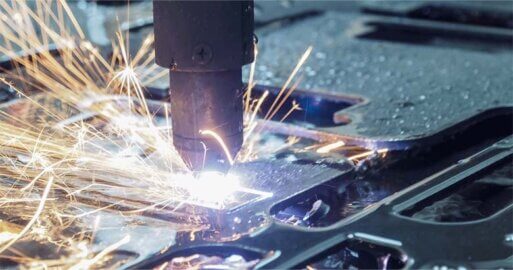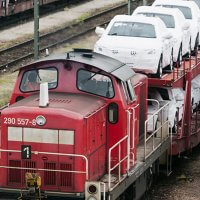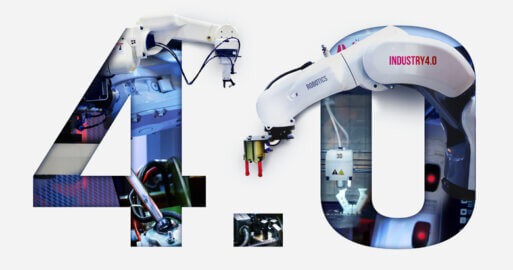Assembly Control with the Manufacturing Integration Bus
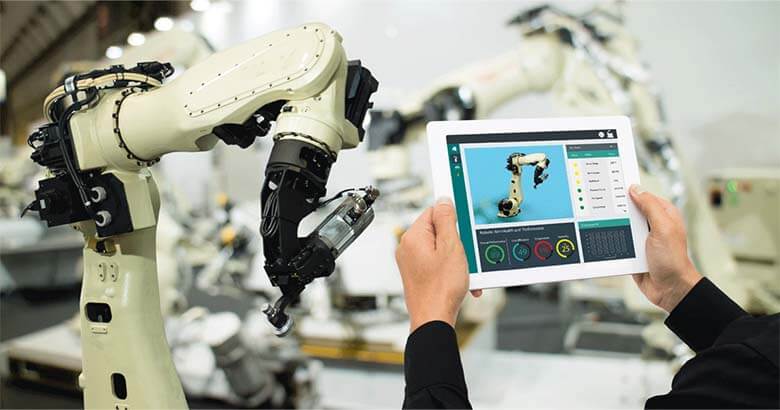
How can robots and other automated components of a plant be efficiently controlled in a heterogeneous IT environment – especially when customized products are manufactured and no two assembly processes are alike? A Manufacturing Integration Bus based on the SEEBURGER Business Integration Suite can be used for this purpose.
Efficiently controlling robots and other automated components of a plant in a heterogeneous IT environment is a particular challenge, especially when customized products are manufactured and no two assembly sequences are alike. A Manufacturing Integration Bus based on the SEEBURGER Business Integration Suite can be used as a solution for this. Within our blog series on results of the research project KoKoMo this article describes the basic approach and a prototypical implementation.
The Manufacturing Integration Bus – the Central Entity as a Basis for Integration
The large number and diversity of data streams required for the assembly of highly variant products requires a central entity as basis for integration, which can be handled by a Manufacturing Integration Bus. This bus is connected to all relevant systems via various adapters and is capable of handling the required standards such as OPC UA or MQTT (see figure for example).
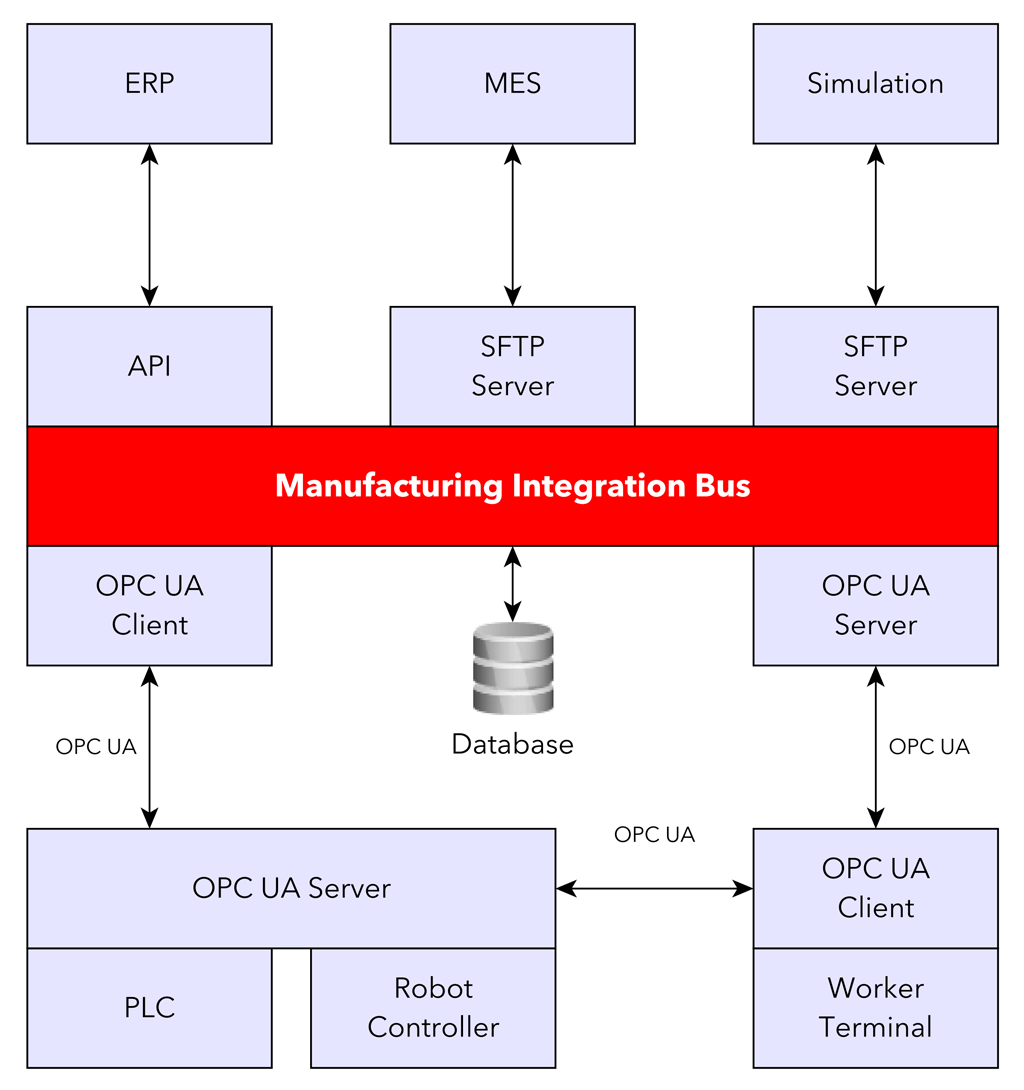
Based on a known work plan, created in the classical way or by dynamic generation, the approach of the Manufacturing Integration Bus (developed within the KoKoMo project) enables the control of all involved parties. To do this, the work plan (which is typically in an XML-like format) is processed and the corresponding instructions are forwarded to the executing parts of the plant in ‘their’ language. These can be robots, tools, plant components of all kinds, but also workers who receive instructions that are understandable for humans via a screen, voice output or augmented reality glasses. Using the example in the illustration, all communication in the direction of the assembly cell is uniformly carried out via OPC UA, a standard that is described in more detail in the blog post ‘OPC UA as a standard for IIoT applications’.
The Manufactruring Integration Bus – Flexibly Solves Versatile Integration Requirements
Ultimately, the Manufacturing Integration Bus is able to extend or take over the tasks of a Manufacturing Execution System (MES). Due to its practically unlimited flexibility, it is therefore an interesting alternative, especially for connecting older systems (retrofit) – particularly when integrating proprietary formats or individually developed interfaces. The connection of a physical simulation is also possible, which will be discussed in a subsequent blog post.
In the KoKoMo research project, a collaborative assembly cell was connected with EUCHNER GmbH + Co KG via the Manufacturing Integration Bus based on the SEEBURGER Business Integration Suite. In addition to the Manufacturing Integration Bus, the central instance for connecting the assembly cell in this prototype is an OPC UA server, which in turn provides the status of all plant components and forwards corresponding commands to them.
Thank you for your message
We appreciate your interest in SEEBURGER
Get in contact with us:
Please enter details about your project in the message section so we can direct your inquiry to the right consultant.
Written by: Dr. Marcus Schneider
Dr.-Ing. Marcus Schneider works in SEEBURGER Research on the shop floor to top floor integration of extensive data streams in the area of IoT and Industry 4.0, especially on the basis of modern standards such as OPC UA. He did his doctorate from the Karlsruhe Institute of Technology (KIT) on information management in the collaborative assembly of variant-rich products. As project manager in the BMBF-funded (Bundesministerium für Bildung und Forschung = Federal Ministry of Education and Research) project KoKoMo (Kompetenz Kollaborative Montage = Competence Collaborative Assembly) he was involved in the prototypical implementation of integration solutions in several use cases of industry partners based on the SEEBURGER Business Integration Suite.
